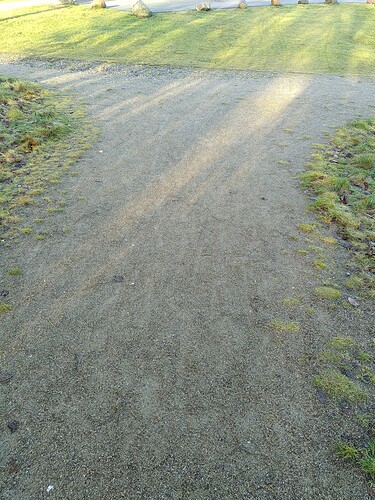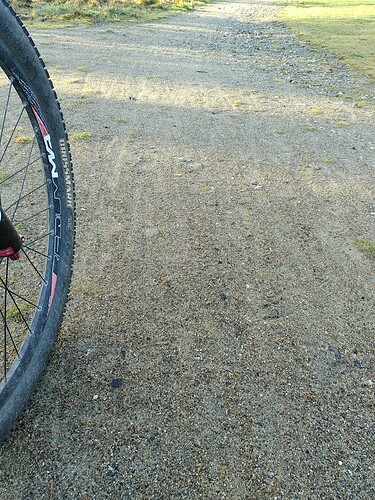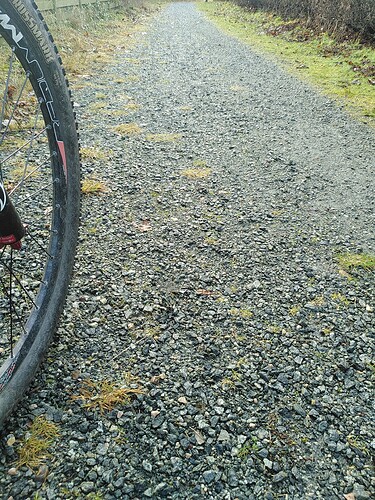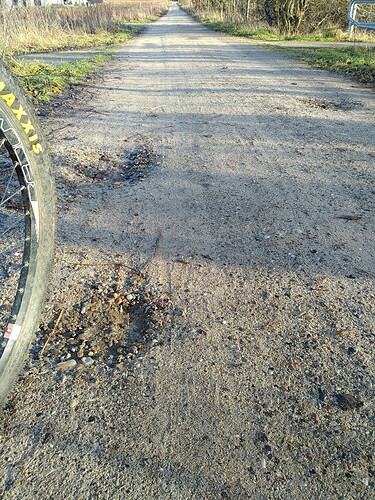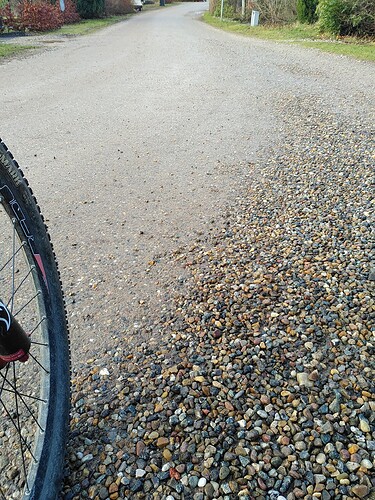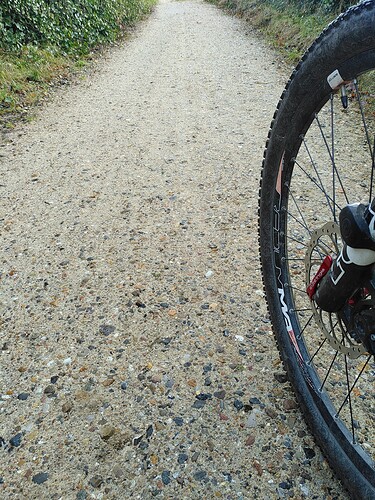Great that you’re working on clarifying this tag, @Mateusz_Konieczny!
The sand/fine_gravel/gravel/compacted distinction caused me confusion previously, but the now deleted wiki description of fine_gravel was meaningful to me. Thus I find it quite unfortunate/premature that you’ve removed it… The new page does not say much, and the image used is not compatible with my understanding of fine_gravel.
I used to simply think fine_gravel was smaller gravel (like you?), and was confused about having two distinct tags (gravel, fine_gravel) for one thing with a continuously varying property (size). Reading the wiki I got the impression that fine_gravel is not just gravel with a different size, but a distinct way of construction (thus two distinct tags make sense).
Some key properties that I, in practice, find distinguish (my understanding of) fine_gravel:
- Thin surface layer consisting of material mostly indistinguishable from sand, smooth enough for a comfortable ride on a racing bicycle (no so on surface=gravel)
- Intentionally constructed packed/compacted subsurface, preventing wheels/feet from sinking in (not so on surface=sand)
I’ve mostly used fine_gravel on maintained footpaths/cycleways, but occasionally I see it fitting for forest roads (usually when they are part of cycle routes and thus probably maintained for that purpose)
I’ve mainly understood surface=compacted to be any looser surface (dirt, ground, gravel, …) that has been solidified by repeated use.
[Edited: Images now included]
Image of what I understand to be fine_gravel:
Notice that erosion has exposed the subsurface layer of gravel on parts of the path furthest from the point of view:
And this is gravel:
And here compacted (which is sometimes hard to distinguish from fine_gravel…):
